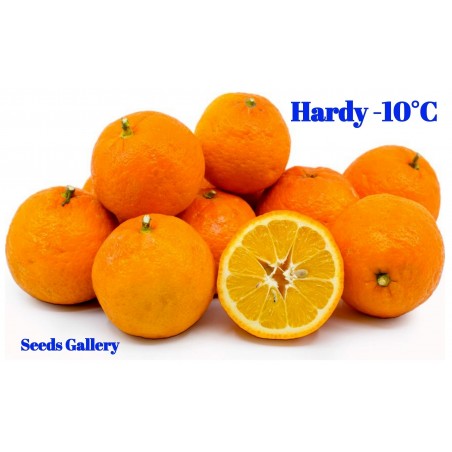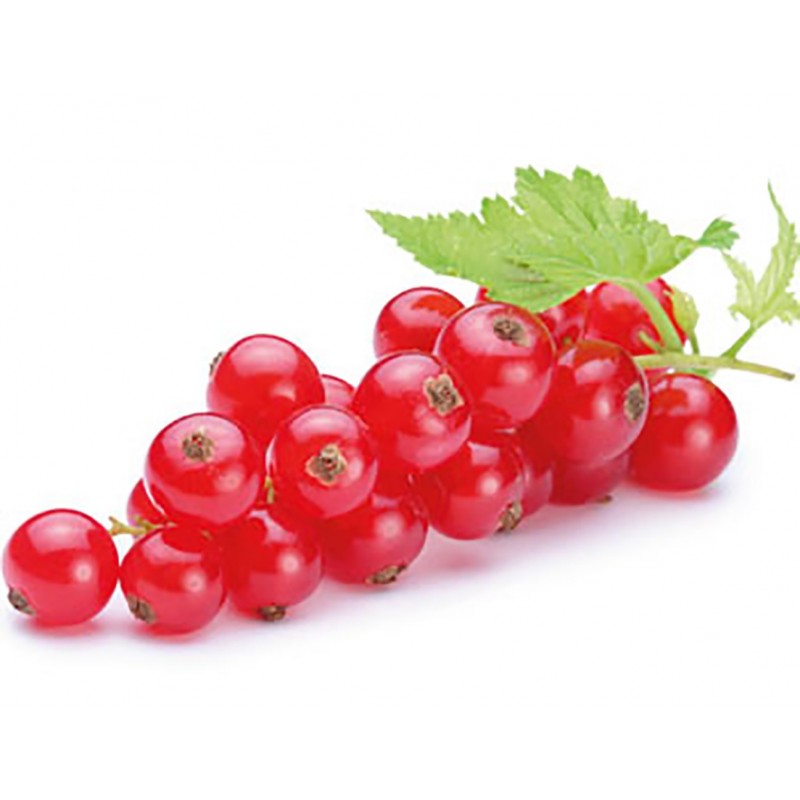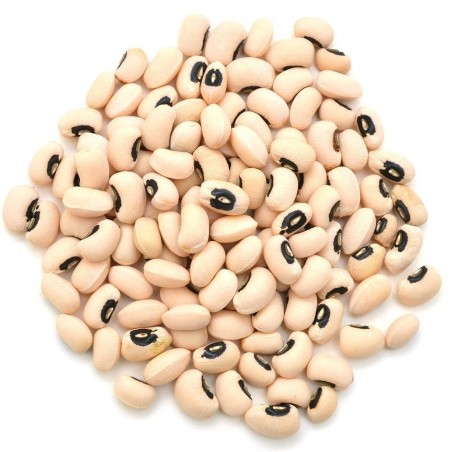
Redcurrant Seeds (Ribes rubrum)
Redcurrant Seeds (Ribes rubrum)
Price for Package of 10 seeds.
The redcurrant (or red currant), Ribes rubrum, is a member of the genus Ribes in the gooseberry family Grossulariaceae, native to parts of western Europe (Belgium, France, Norway, Sweden
Redcurrant Seeds (Ribes rubrum)
Price for Package of 10 seeds.
The redcurrant (or red currant), Ribes rubrum, is a member of the genus Ribes in the gooseberry family Grossulariaceae, native to parts of western Europe (Belgium, France, Norway, Sweden, Germany, Netherlands, northern Italy, northern Spain, Portugal and Poland). It is a deciduous shrub normally growing to 1–1.5 m (3-5 feet) tall, occasionally 2 m (6.5 feet), with five-lobed leaves arranged spirally on the stems. The flowers are inconspicuous yellow-green, in pendulous 4–8 cm (1.5-3 inch) racemes, maturing into bright red translucent edible berries about 8–12 mm (.3-.8 inch) diameter, with 3–10 berries on each raceme. An established bush can produce 3–4 kilos (6.5-9 lbs) of berries from mid to late summer.
Cultivation
There are several other similar species native in Europe, Asia and North America, also with edible fruit, though usually considered to have an inferior flavour. These include Ribes spicatum (northern Europe and northern Asia), Ribes alpinum (northern Europe), R. schlechtendalii (northeast Europe), R. multiflorum (southeast Europe), R. petraeum (southwest Europe) and R. triste (North America; Newfoundland to Alaska and southward in mountains).
While Ribes rubrum and R. nigrum are native to northern and eastern Europe, large berried cultivars of the redcurrant were first produced in Belgium and northern France in the 17th century. In modern times, numerous cultivars have been selected; some of these have escaped gardens and can be found in the wild across Europe and extending into Asia.
The white currant is also a cultivar of Ribes rubrum.[2] Although it is a sweeter and albino variant of the redcurrant, it is not a separate botanical species and is sometimes marketed with names such as Ribes sativum or Ribes silvestre, or sold as a different fruit.
Currant bushes prefer partial to full sunlight and can grow in most types of soil.[2] They are relatively low-maintenance plants and can also be used as ornamentation.
Culinary uses
With maturity, the tart flavour of redcurrant fruit is slightly greater than its blackcurrant relative, but with the same approximate sweetness. The albino variant of redcurrant, often referred to as white currant, has the same tart flavour but with greater sweetness. Although frequently cultivated for jams and cooked preparations, much like the white currant, it is often served raw or as a simple accompaniment in salads, garnishes, or drinks when in season.
In the United Kingdom, redcurrant jelly is a condiment traditionally served with lamb in a Sunday roast. It is essentially a jam and is made in the same way, by adding the redcurrants to sugar, boiling, and straining.
In France, the highly rarefied and hand-made Bar-le-duc or Lorraine jelly is a spreadable preparation traditionally made from white currants or alternatively red currants.
In Scandinavia and Schleswig-Holstein, it is often used in fruit soups and summer puddings (Rødgrød, Rote Grütze or Rode Grütt). In Germany it is also used in combination with custard or meringue as a filling for tarts. In Linz, Austria, it is the most commonly used filling for the Linzer torte.[4] It can be enjoyed in its fresh state without the addition of sugar.
In German-speaking areas, syrup or nectar derived from the red currant is added to soda water and enjoyed as a refreshing drink named Johannisbeerschorle. It is so named because the redcurrants (Johannisbeeren, "John's berry" in German) are said to ripen first on St. John's Day, also known as Midsummer Day, June 24.
In Russia, redcurrants are ubiquitous and used in jams, preserves, compotes and desserts; while leaves have many uses in traditional medicine.
| Organic Seeds ? | Organic Seeds |
|---|---|
| Organic/natural ? | Organic/Natural: Yes |
| Edible ? | Edible |
| Pretreatment of sowing ? | Stratification needed: Yes |
| Life Cycle: | Perennial plant : Yes |
| Handpicked seeds ? | Handpicked seeds |
| Resistant to cold and frost ? | Cold resistant: to −35 °C |
| Plant is suitable for growing ? | The plant is suitable for growing on a balcony-terrace The plant is suitable for outdoors cultivation |
| Suitable for growing in flower pot ? | Suitable for pot: Yes |
| Plant height ? | Plant height 100 - 150 cm |


Your review appreciation cannot be sent
Report comment
Report sent
Your report cannot be sent
Write your review
Review sent
Your review cannot be sent
🌍 Worldwide Shipping from the EU
We ship worldwide from the European Union using registered air post with signature confirmation on delivery.
📦 Tracking Your Order
Log in to your account and go to Order History > Details to find your tracking number.
You will receive email notifications at every step — please check your spam/junk folder if you don’t see them.
Track your package via:
⚠️ Important Notices
Cash on delivery is not available.
Always provide a valid mobile number with country code when ordering (e.g., +365 456 7686 576).
Do not order to P.O. Boxes or if you cannot be home to sign for the package. We cannot leave parcels with neighbors.
If a package sent to a P.O. Box is lost or undelivered, you lose the right to a refund.
📦 Lost, Returned & Reshipping Packages
For customers in Brazil and Mexico:
We cannot refund packages lost or destroyed by customs.
If your package is returned, we will refund only the product cost — shipping costs are not refundable.
You must pay return postage (€2) and any costs for reshipping.
If a package is returned to us for any reason, you are responsible for paying the return shipping (€2) plus the cost to resend the package.
🚚 Shipment Delivery
Registered shipments require a signature from the recipient.
If your tracking shows the package is still at the origin post office, it means the package is in transit — please contact your local post office directly for updates.
We are not responsible for delivery times and cannot track shipments for you.
📅 Delivery Options & Estimated Times
Delivery Option Processing Time Notes Priority Delivery Ships in 1-7 business days Prioritizes order processing (not guaranteed faster delivery); delays possible during holidays (3-10 days) Secured Delivery Ships in 1-7 business days Available for orders up to €150; refund if lost Standard Delivery Ships in 7-10 business days More economical; delays possible during holidays (7-14 days) Estimated Delivery Time:
Within the EU: 3–20 days
Worldwide: 5–30 days
Example delivery times to the USA:
Delivered in 13, 17, 19, 22, or 27 days.Note: Delivery times depend on your location and the local postal system. COVID-19 may cause additional delays.
💰 Shipping Costs
Shipping and handling fees are calculated automatically during checkout based on the weight of the parcel and the destination country.
⏰ Order Processing Hours
We do not process or ship orders on Saturdays or Sundays.
💳 Payment Options
Bank Transfer (SEPA / IBAN / SWIFT-BIC)
Include your order reference in the payment description (e.g., "SGS-19811702"). Orders without payment within 7 days are automatically cancelled.PayPal
Payments accepted in Euros only. Please select Euros at checkout.Card Payment
For card payments, visit our other site: Exotic Seeds Store
We accept Visa, MasterCard, American Express, CB, Diners Club, Discover, China UnionPay, JCB, and Discover.
⚠️ Transaction Fees
Customers are responsible for any transaction fees. Please provide payment details to help us process your order efficiently.
📢 Final Notes
Before placing your order, please check our website for any special notices, holiday schedules, or specific conditions that may affect your purchase.
Related Products























